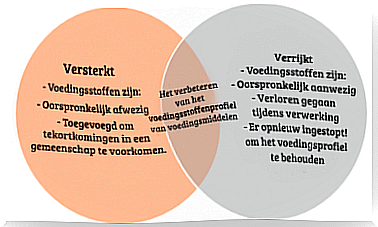Is Nonviolent Communication Possible?

Nonviolent communication is possible, but many people are not aware of it. This is because many of us were not taught to communicate well from an early age. Some people may even bring out the worst in us.
So why are we kind and compassionate to some people, but rude and violent to others? Psychologist Marshall B. Rosenberg explored these questions and developed a concept he calls NVC.
This form of communication, also called empathic communication, is mainly based on giving from the heart. That is, a message that is not based on comparisons, insults or negative elements. It’s just the opposite: it’s based on feelings, assertiveness, respect, and compassion.
Often people are unable to recognize certain signals that indicate poor communication. Signs that are as visible as they are negative and brimming with scathing criticism, denial and lack of reflection from those who say it.
They therefore lead to disputes, conflicts, attacks and defensive behaviour. So read on, as today’s article will discuss how to identify them and what their key features are.
Description of Nonviolent Communication

Marshall B. Rosenberg was the founder and director of the Center for Nonviolent Communication (USA). He was deeply interested in new forms of communication and presented peaceful alternatives to violence and aggressiveness in interpersonal relationships.
In his book Nonviolent Communication: A Language of Life, he summarizes the four most important elements of nonviolent communication (NVC). It includes:
- Observe, but do not evaluate.
- Recognize and express feelings.
- Take responsibility for your feelings.
- Make conscious requests to others to enrich your life.
It also points out the importance of connecting with your needs and those of others, and empathy is a fundamental aspect of this form of communication. This is because it is difficult to share information successfully if it is not there.
In his research, the psychologist also refers to the existence of moralistic judgments. According to him, these presuppose ‘a wrong attitude of people who do not act in accordance with our values’.
Good manners
While it is not always possible to be in a friendly meditative mode, there are things that are absolutely non-negotiable. This includes common courtesy, a fundamental pillar on which everyone should maintain relationships with others.
In 2015, Argentina’s Ministry of Social Development even participated in the seminar “Audiovisual, Transmediality and Education in the 21st Century” to promote the inclusion of the word ‘ buentrato ‘ (good treatment) in the official dictionary.
Speaker Marisa Graham described the difficulties of the construction of this word, which is not in the dictionary, unlike the word maltrato (mistreatment). He further explained:
Initiatives such as those mentioned above can open doors and minds so that institutional, organizational and personal violence is no longer a normal way of interacting with others.
Keys to Nonviolent Communication

There must be adequate information and associated access to communicate effectively. So we must do our best to avoid comparisons. This is because these are usually wrong, not to mention unfair.
It is important to get rid of judgments, as well as expectations and evaluations. That is indeed not easy, but we can do it if we try. You will see how quickly you start communicating what you want to say without others feeling attacked or offended.
Taking responsibility (without punishing yourself senselessly) is an essential step. We often blame others for what happens to us and how we feel. Yes, many things bother us, but we are in charge of how we react and the attitude we take next.
Empathy is another fundamental part, as we mentioned above. It’s about learning to put yourself in the other person’s shoes and see things from their perspective. That will make it much easier to understand their reactions. We can all be assertive while respecting others as well as ourselves.
As you can see, it is not easy to practice nonviolent communication because there are so many bad communication habits deeply rooted in us. The most important thing is to be aware of how we communicate and think about the things we want to change. Anyone can do it, patiently and step by step.









